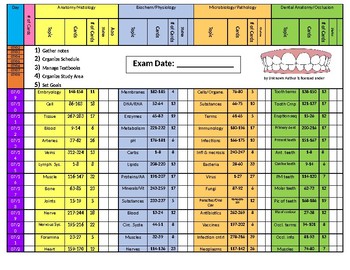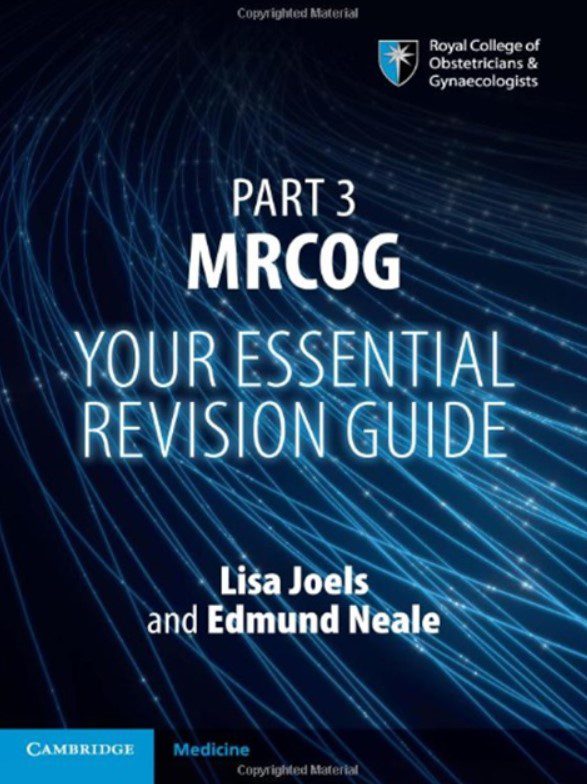The NBDE Parts I and II were created by the Joint Commission on National Dental Examinations (JCNDE), which is part of the ADA (American Dental Association). These two exams encompass broad and specific knowledge bases that are important for dental professionals to understand.
- NBDE part 1 is an examination to get into universities in USA for DDS. NBDE Part – I consists of a total of 400 questions which are divided as follows: 400 questions: 320 questions – 80% – General discipline based questions 80 questions – 20% – Ethical based questions – representing a patient scenario Link: &hellip.
- Download PDF NBDE Part 1 We experience that this e-book is an organized and resourceful guide to help you prepare for the NBDE part I. It is encouraged that you use this book as early as feasible, preferably.
NBDE part 1 is an examination to get into universities in USA for DDS. NBDE Part – I consists of a total of 400 questions which are divided as follows:
400 questions:
- 320 questions – 80% – General discipline based questions
- 80 questions – 20% – Ethical based questions – representing a patient scenario
Based on the previous years papers, each topic has been allotted a specific number of questions which have been mentioned below:
ANATOMIC SCIENCES – 100 questions
Gross Anatomy – 49 questions
- Head
- Oral cavity
- Extraoral structures
- Osteology
- TMJ and muscles of mastication
- Neck
- Axilla, shoulders, and upper extremities
- Thoracic cavity
- Abdominopelvic cavity
- Central nervous system & neuroanatomy
- Bone Muscles
- Fascia Nerves (peripheral and autonomic)
- Arteries, veins, and lymphatics Spaces and cavities
- Joints and ligaments Endocrines and exocrines
Histology – 23 questions
- Ultrastructure
- Basic tissues
- Bone, cartilage, and joints
- Lymphatic and circulatory systems
- Endocrine system
- Respiratory system
- Gastrointestinal system
- Genitourinary system
- Integument
Oral Histology – 16 questions
- Tooth and supporting tissues
- Soft oral tissues
- Temporomandibular joint
Developmental Biology – 11 questions
- Osteogenesis
- Tooth development, eruption, and movement
- Facial and brachial arch development
- General embryology
Professional Ethics/Patient Management – 1 question
Bio Chemistry and Physiology – 100 Questions
Biological Compounds – 10 questions
- Sugars and carbohydrates
- Amino acids and proteins
- Lipids
- Nucleic acids and metabolism
- Nutrients and minerals
- Intradisciplinary and clinical/cross correlation

Metabolism – 17 questions
- Bioenergetics
- Enzymology
- Catabolism
- Anabolism
- Urea cycle
- Regulation
- Intradisciplinary and clinical/cross correlation
Molecular and Cellular Biology – 9 questions
- DNA/RNA and protein synthesis
- Genetic engineering
- Cell cycle
- Intradisciplinary and clinical/cross correlation
Connective Tissues – 8 questions
- Soft tissue
- Hard tissue/calcification
- Intradisciplinary and clinical/cross correlation
Membranes – 4 questions
- Structure
- Function
- Intradisciplinary and clinical/cross correlation
Nervous System – 6 questions
- General properties
- Central nervous system
- Autonomic nervous system
- Somatic nervous system
- Intradisciplinary and clinical/cross correlation
Muscle – 6 questions
- Skeletal
- Smooth
- Cardiac
- Intradisciplinary and clinical/cross correlation
Circulation – 9 questions
- Fluid content and dynamics
- Coagulation
- Cardiodynamics and electrophysiology
- Regulatory mechanisms
- Intradisciplinary and clinical/cross correlation
Respiration – 6 questions
- Mechanical aspects
- Gas exchange and transport
- Regulation
- Intradisciplinary and clinical/cross correlation
Renal – 8 questions

- Functional anatomy
- Blood flow and filtration
- Reabsorption and secretion
- Regulation
- Acid-base balance
- Intradisciplinary and clinical/cross correlation
Oral Physiology – 3 questions
- Taste
- Mastication (with reflexes)
- Swallowing
Digestion – 5 questions
- Neuromuscular
- Secretions
- Absorption
- Regulation
- Intradisciplinary and clinical/cross correlation
Endocrines – 8 questions
- Pituitary/hypothalamus
- Reproduction
- Signaling systems
- Pancreas/parathyroid
- Adrenal/thyroid
- Intradisciplinary and clinical/cross correlation
Professional Ethics/Patient Management – 1 question
Microbiology and Pathology – 100 questions
General Microbiology – 20 questions
- Microbial biochemistry and physiology
- Microbial cytology
- Microbial variations and genetics
- Sterilization and disinfection
- Biology of microorganisms
- Bacteria
- Viruses
- Fungi
- Antibiotics and chemotherapy
- Oral ecology and epidemiology
Reactions of Tissue to Injury – 10 questions
- Inflammation and repair
- Physical and chemical injury
- Hemodynamic disorders
Immunology and Immunopathology – 13 questions
- Host defense mechanisms
- Hypersensitivity
- Immune system

Microbiology, Immunology, and Pathology of Special Infectious Diseases – 22 questions
- Bacterial
- Viral
- Fungal
- Chlamydial and rickettsial
Systemic Pathology – 22 questions
- Cardiovascular
- Respiratory
- Gastrointestinal and hepatobiliary
- Genitourinary
- Blood-lymphatic
- Endocrine
- Musculoskeletal
- Genetic diseases
- Nervous system
Growth Disturbances – 12 questions
Nbde Part 1 Study Schedule
- Non-neoplastic
- Neoplasms–etiology, epidemiology, & biology
- Specific neoplasms
Professional Ethics/Patient Management – 1 question
Dental Anatomy and Occlusion – 100 Questions

Tooth Morphology – 43 questions
- Primary
- Permanent
- Incisors
- Canines
- Premolars
- Molars
Pulp Cavity Morphology – 5 questions

Nbde Part 1 Mastery App
Calcification and Eruption – 6 questions
Principles of Occlusion and Function – 37 questions
- Functional anatomy
- Interarch (static and movement)
- Anterior teeth
- Posterior teeth
- Intra-arch
- Masticatory physiology and biomechanics
- Temporomandibular joint
- Muscles and ligaments
- Determinants of occlusion
Clinical Considerations—Tooth Morphology and Anomalies – 8 questions
Nbde Part 1 Breakdown
Professional Ethics/Patient Management – 1 question
